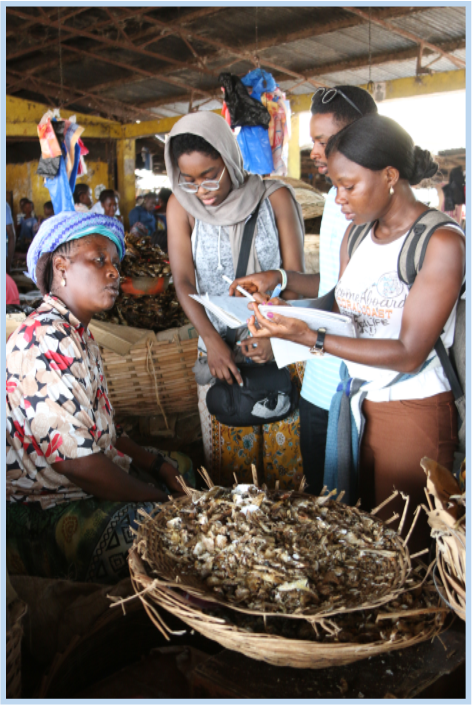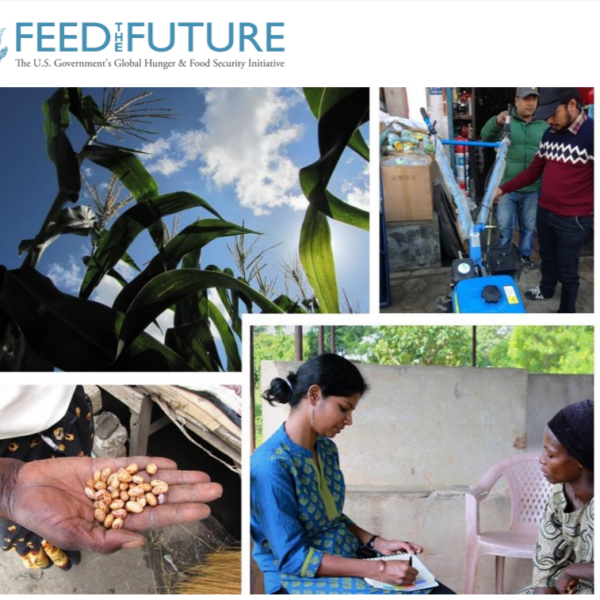Cultural Practice, LLC is proud to launch this new toolkit as part of the Integrating Gender and Nutrition within Agricultural Extension Services (INGENAES) consortium.
The toolkit introduces a framework that considers the social context of the agricultural technologies and the specific challenges that women and men farmers face in using the technology. It focuses on three areas: time and labor; food availability, access, quality and safety; and income and assets.
Uncovering Needs
Building on the framework, the technology assessment methodology helps agricultural researchers and practitioners uncover men’s and women’s different needs and preferences in agricultural activities, and discover if an agricultural technology can meet these needs. This information can be used to improve the design and dissemination of agricultural technologies in ways that increase adoption by men and women farmers.

IN SIERRA LEONE.
TAKEN BY RAJASI RASTOGI.
Researchers have long explored the gender dimensions of agricultural technology focusing on the opportunities technologies offer to reduce the time and labor burdens of women’s work in agriculture, but there are few guides that help researchers and practitioners analyze the potential impacts of agricultural technologies on men and women. The technology assessment toolkit fills that gap.
Learn + Apply + Share
The toolkit was piloted between 2015 and 2017 in Bangladesh, Zambia, Nepal, and Sierra Leone and was developed for readers with a basic knowledge of gender and nutrition issues. Broken into three parts, it offers readers (1) an understanding of the relationships between gender, nutrition, and agricultural technologies, (2) a framework and tools to address these issues systematically, and (3) a guide for sharing the methodology with others.
The INGENAES technology assessment toolkit is a much-needed tool for agricultural researchers and practitioners around the world. Use this toolkit to make your investment into agriculture count, and ensure that new technologies will benefit everyone.
The toolkit is available for download in 5 parts – Introduction, Part 1: Learn, Part 2: Apply, Part 3: Share, and the Technology Profiles.

